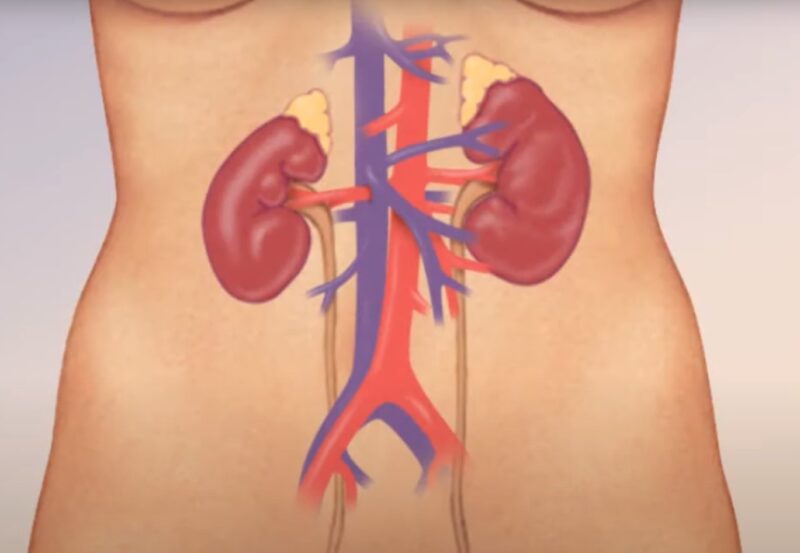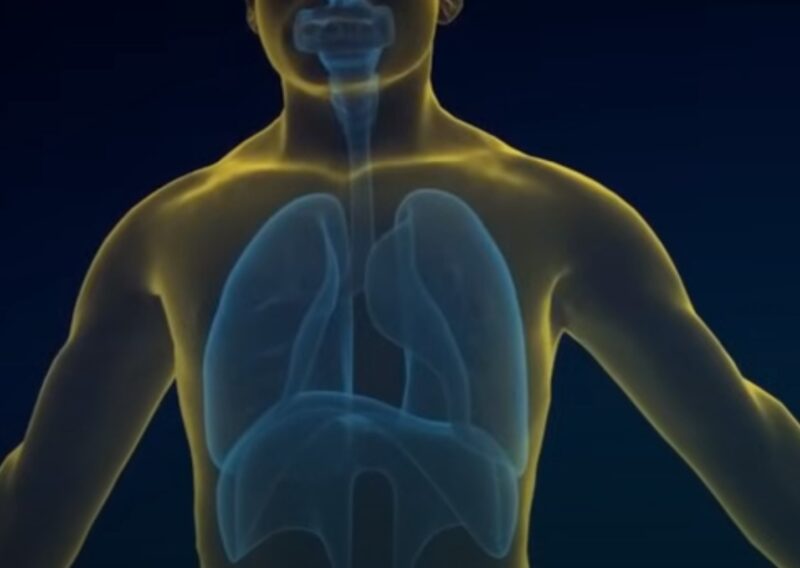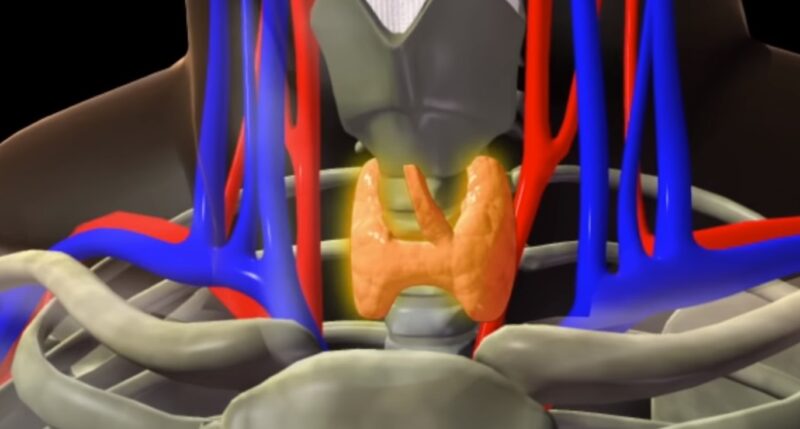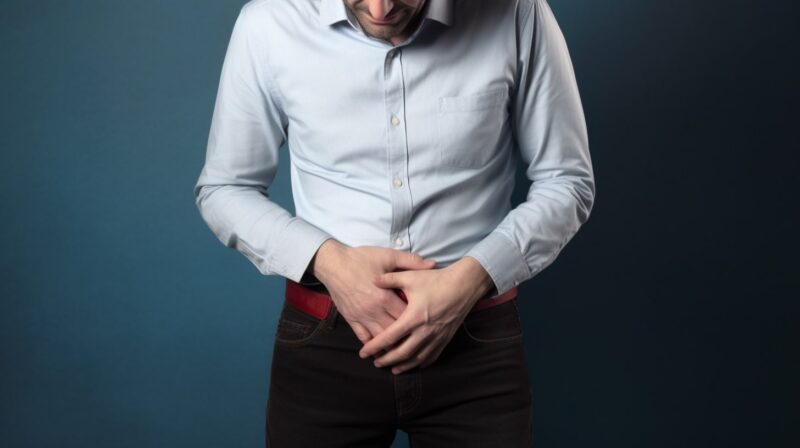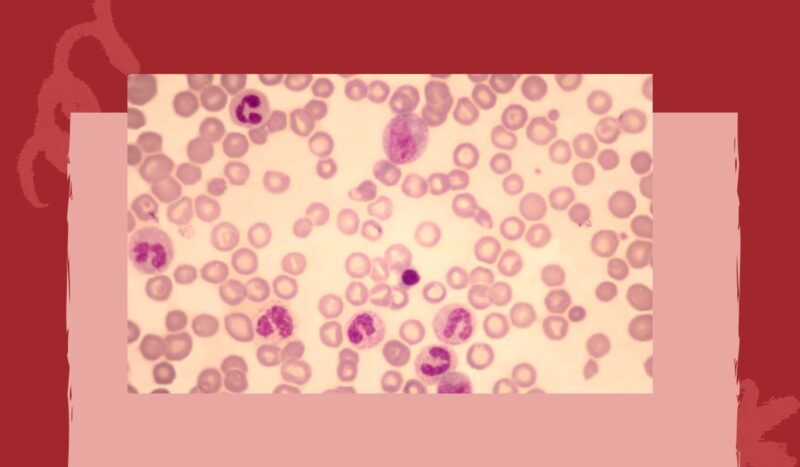Today, we will explain how your stomach and intestines take in and regulate fluids and electrolytes to keep your body balanced and in good health.
First, we’ll talk about the amount of fluid that passes through your digestive system on a daily basis. Only a small portion of it actually ends up in your stool.
Next, we’ll explore how sodium is absorbed in both the small and large intestines. This is crucial for maintaining the right balance of fluids in your body.
We’ll also discuss the absorption of water and chloride, as well as the role of bicarbonate in maintaining a healthy acid-base balance within your body.
Understanding these absorption processes is vital because when they don’t function properly, it can lead to issues like diarrhea or constipation. There’s plenty to cover, so let’s begin without any delay.
Overview
Did you know that our gastrointestinal (GI) system produces around 9 liters of fluid every single day? It’s a lot. This fluid includes saliva, gastric juices, bile, and pancreatic juices. When you consider the approximately 2 liters of fluid we consume through water, beverages, and food, it all adds up.
But here’s the surprising part: only a tiny amount of this fluid, about 0.1-0.2 liters, is actually eliminated in our feces. That means the GI system has the remarkable ability to absorb nearly 9 liters of fluid each day. This incredible absorption process primarily takes place in our small and large intestines.
The small intestine is responsible for absorbing most of the fluid and electrolytes from the food that we eat. This is done through a variety of mechanisms, including:
When we eat, the large intestine comes into play by soaking up the last bits of fluid and electrolytes from our food. However, it’s not quite as skilled at this job as the small intestine, which means more fluid ends up being passed out in our feces.
When the absorption of fluid and electrolytes in the gastrointestinal (GI) tract gets out of whack, it can trigger either diarrhea or constipation.
Diarrhea happens when our body loses an excessive amount of fluid, whereas constipation arises when too little fluid gets absorbed. Both situations can make us feel quite uncomfortable and potentially pave the way for additional health issues.
The colon’s job is to dehydrate what’s left of the food and form it into stool. It does this by slowly absorbing water and electrolytes as its muscle system moves the waste along. – ClevelandClinic
Sodium Resorption
Sodium (Na+) absorption is crucial for keeping our body’s fluid balance in check. It happens through different symporters and antiporters found in the small and large intestines. Now, let’s break down the details of how this process actually works.
Duodenum and Jejunum
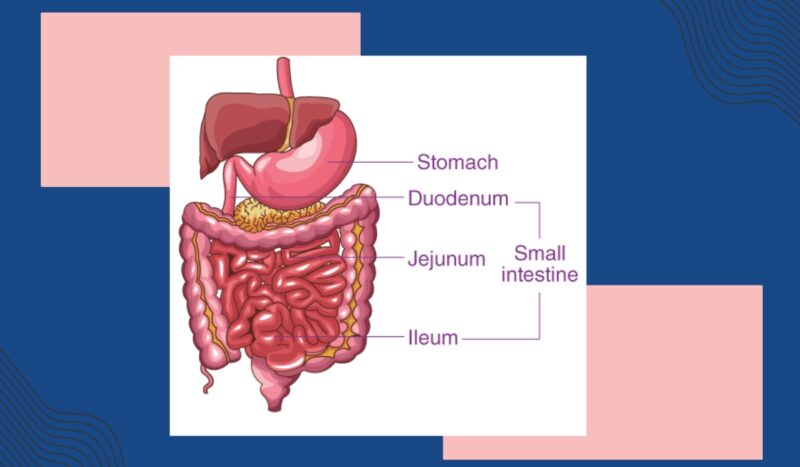
In the duodenum and jejunum, there’s a fascinating process called luminal resorption taking place. It involves a group of Na-Nutrient symporters that work their magic. These symporters are responsible for the absorption of various substances like monosaccharides, as well as amino acids, dipeptides, and tripeptides.
Now, what’s interesting is that these symporters are always active, doing their job round the clock. They don’t rely on physiological regulation to function. They’re the unsung heroes of digestion, consistently helping our bodies absorb vital nutrients.
Large Intestine
In the large intestine, the process of Na+ absorption works much like what happens in the Principal Cells during late distal tubule and collecting duct transport. Essentially, Na+ moves across the luminal membrane through ion channels with the help of a basolateral NaK ATPase.
When it comes to sodium resorption in the large intestine, aldosterone plays a significant role. It boosts the expression of the basolateral NaK ATPase and luminal Na+ ion channels, thereby enhancing the absorption of sodium.
Water Absorption
Water absorption happens naturally when it passes through the enterocyte tight junctions via osmosis, which is a passive process. The main driving force behind this process is the active absorption of osmotic electrolytes, with sodium playing a significant role.
When the gastrointestinal (GI) lumen contains a high concentration of solutes that cannot be absorbed, it prevents the reabsorption of water. This can result in osmotic diarrhea.
Chloride Resorption
Chloride (Cl-) gets absorbed mainly through passive diffusion along a pathway called the paracellular route. When a significant amount of Na+ is reabsorbed, it generates a negative charge in the lumen, which establishes a powerful electrochemical gradient for the passive reabsorption of Cl-.
The majority of chloride is absorbed in the small intestine, particularly in the duodenum and jejunum.
The paracellular pathway through the tight junction provides an important route for chloride reabsorption in the collecting duct of the kidney. – Jianghui Hou
Bicarbonate Resorption
Maintaining the right acid-base balance is crucial, and bicarbonate resorption plays a vital role in achieving that. Imagine a CO2 molecule undergoing a transformation with the help of carbonic anhydrase in the enterocytes, becoming H+ and HCO3-.
These transformed molecules go their separate ways – HCO3- moves past the basolateral membrane, while H+ is transported into the intestinal lumen through a Na+-H+ Antiporter. As a result, we witness the valuable resorption of a bicarbonate ion, contributing to the overall balance.
To maintain homeostasis, the human body employs many physiological adaptations. One of these is maintaining an acid-base balance. – Erin Hopkins
Implications and Disorders
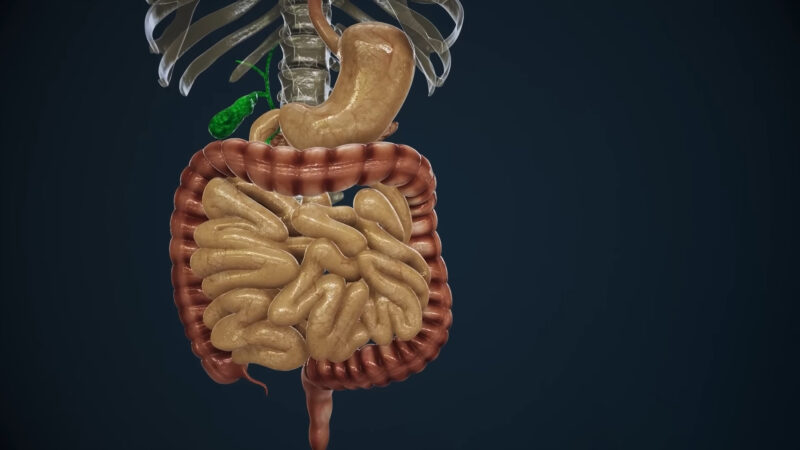
Have you ever wondered how our bodies absorb water and electrolytes? It’s not just an interesting scientific topic, but it actually has practical implications in our everyday lives.
When these processes go awry, it can result in uncomfortable conditions such as diarrhea or constipation, affecting our overall health and well-being.
Diarrhea
Diarrhea occurs when the absorption of water and electrolytes is disrupted. This can happen due to infections, food intolerances, or other underlying health conditions. Treatment often involves rehydration and addressing the underlying cause.
Constipation
Constipation, on the other hand, occurs when there is excessive absorption of water, leading to hard and dry stools. This can be due to a lack of dietary fiber, dehydration, or other medical conditions. Treatment may include increased fluid intake, dietary changes, and sometimes medications.



